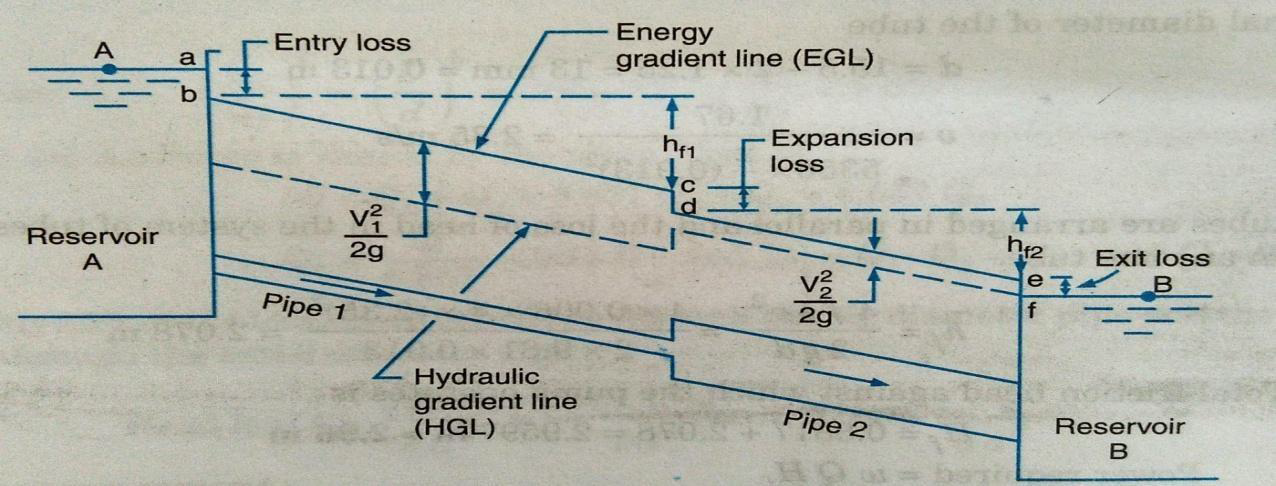
Total Energy Line
Dr.A.Sethupathy AP/Mech/SNS Institutions
#snsinstitutions#snsdesignthinkers#designthinking
The "Total Energy Line" is a concept commonly used in fluid mechanics, specifically in the analysis of open channel flow, such as rivers, streams, or pipes carrying fluids. It is a graphical representation that combines two critical components: the potential energy line (PEL) and the kinetic energy line (KEL). Together, they provide valuable information about the energy characteristics of the flowing fluid.
Here's a brief explanation of each component:
Potential Energy Line (PEL): The PEL represents the potential energy per unit weight (head) of the fluid at various points along the flow path. It is analogous to the elevation head and can be thought of as the energy the fluid possesses due to its height above a reference plane, such as the bottom of a channel or pipe. The PEL typically rises as you move upstream (toward the source) and falls as you move downstream (toward the outlet).
Kinetic Energy Line (KEL): The KEL represents the kinetic energy per unit weight of the fluid at different points in the flow. This energy results from the fluid's velocity and can be thought of as the energy associated with the motion of the fluid. The KEL is usually lower in regions of high velocity and higher in regions of low velocity.
The "Total Energy Line" (TEL) is obtained by summing the PEL and KEL at any given point in the flow. Mathematically, the TEL can be expressed as:
TEL=PEL+KEL
The TEL represents the total energy per unit weight of the fluid at different points in the flow. It gives insight into how the energy of the fluid is distributed along the flow path.
In open channel flow analysis, the TEL is a valuable tool for understanding the behavior of the fluid. If the TEL rises along the flow path, it indicates an increase in energy (e.g., due to an increase in elevation or a decrease in velocity). Conversely, a drop in the TEL suggests a decrease in energy. The TEL is particularly important for analyzing hydraulic systems, such as determining the hydraulic grade line and assessing the available energy for various hydraulic processes.
Understanding the TEL is essential for engineers and scientists dealing with fluid mechanics and hydraulic engineering, as it provides critical insights into the behavior of flowing fluids and helps ensure the safe and efficient design of hydraulic systems.